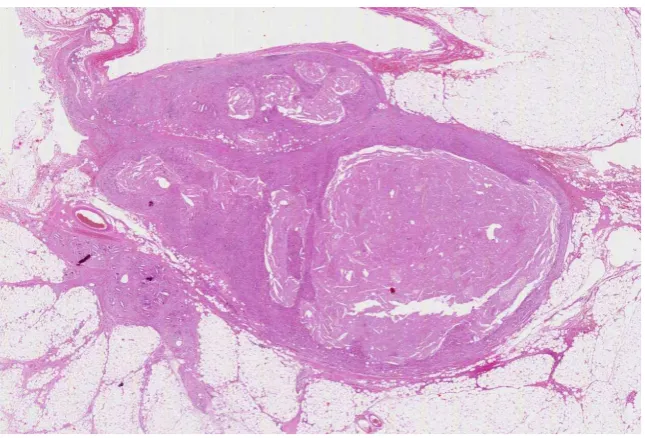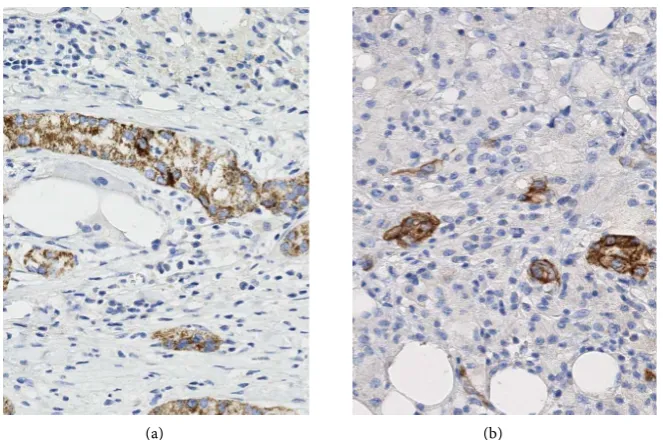A Case Report of Papillary Renal Cell Carcinoma Seeding along a Percutaneous Biopsy Tract
Full text
Figure




Related documents
Participants completed questionnaires which captured information on socio-demographics, comorbidity, health- care utilization, and psychosocial factors including trust in their
Address correspondence to William Odita Tarnow-Mordi, BA(Cantab), MBChB, MRCP(UK), DCH, FRCPCH, Westmead Hospital WINNER Centre and Centre for Newborn Care, University of
The systems described in literature are static in nature as these do not vary the relative weightage of individual and shared reputation components in the overall
These elegant results, expressing the infinite series in closed form, can be generated form ( 1 O) for any positive integer value of R. This will be investigated in the
It consists of a measurement of fission and capture cross sections, mass distribution of fission fragments (independent fission yields) and number of prompt fission neutrons by
Given the inadequate physical activity of the elderly, the role of cultural factors, and the different means of evaluation and the method of education, the current study was
Applying the health promotion model, the purpose of this study was to examine direct and/or indirect effects of individual characteristics (gender, school, and other control
various causal factors of aggression starting from gender differences and other related constructs.. Previous research has demonstrated that men usually are more